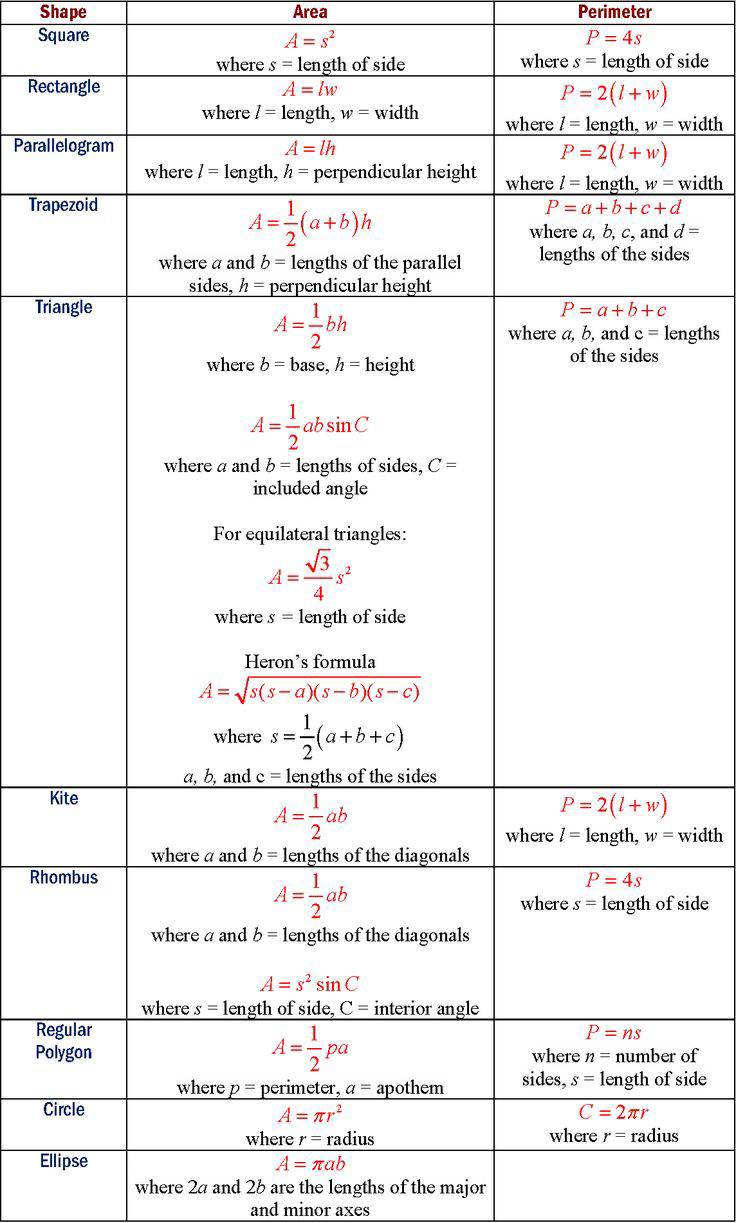"The reason that each succeeding tonal note, which constitutes the elements of matter, are one octave higher is one entirely of increased pressure. You can better understand that by compressing some air in an enclosed box or tube in which you have inserted a whistle. The more air you pump in, the higher the whistle will sound when you open its valve. If you tighten a wire the same thing will happen. The same harp string can give you many tones if you turn the tuning pins higher, or lower. By the time the first octave string has multiplied in cube ratio nine times, the speed of vibration frequencies and intensity of pressure have reached the incredible proportions of 1,073,741,824 times greater in the 9th string than the first string.
You can better imagine the tremendous explosive pressures which lie behind radium and plutonium bullets by actually seeing the pressure figures. Try it. Start with the first octave at 8. By cubing 8 it equals 64, then 512, then 4,096. The carbon octave comes next with pressure of 32,768. These are your normal pressures, as well as for all organic animal and vegetable life. When you cube your normal pressures you are running into danger. Nitrogen, for example, is phosphorous when cubed once, and it is arsenic when cubed twice. Nitrogen is necessary for you but phosphorous and arsenic will immediately "eat up" the nitrogen of your body and kill you by their radioactive expansion." [Atomic Suicide, page 30-31]
In graphic Figure 12.09 - Dimensions and Relationships it is clear:
Relative Volume
4+ = 1/8 of 3+ or 3+ = 8 X 4+ or 81
3+ = 1/8 of 2+ or 2+ = 8 X 3+ or 82
2+ = 1/8 of 1+ or 1+ = 8 X 2+ or 83
Numeric Progressions (units)
1st Dimension = Linear = 1, 2, 4, 8.. (Doubling, nX2)
2nd Dimension = Area = 1, 4, 8, 64.. (Squaring, n2)
3rd Dimension = Volume = 1, 8, 64, 512.. (Cubing, n3)
Volumes
Cube Volume = 1 = 13 = 1 on a side
Cube Volume = 2 = cube root of 2 = 1.259922 on side
Cube Volume = 4 = cube root of 4 = 1.587403 on side
Cube Volume = 8 = cube root of 8 = 2 on sidetherefore
Wavelengths and Frequencies - Octave Relations of Russell's Indig Number System
| Indig | Vol. Units | Vol. Calc | Wavelength | Example | Octave | Note |
4 | 1 | 13 | 1 | 1 cps | 4 | G as 4th octave |
3 | 8 | 23 | 2 | 1/2 cps | 3 | F as 3rd octave |
2 | 64 | 43 | 4 | 1/4 cps | 2 | E as 2nd octave |
1 | 512 | 83 | 8 | 1/8 cps | 1 | D as 1st octave |
0 | C## non-octave |
Table 12.02.01 - Wavelengths and Frequencies
Showing linear versus geometric progressions as also other types of progressions (counting methods or scales).
See Also
arithmetical progression
Frequency
Geometrical Progression
Laws of Being
progression
Ratio
Reciprocal
Reciprocating Proportionality
Square Law
Table 12.02 - Length Area and Volume Math
Tone
Volume
wave number
Wavelength
12.00 - Reciprocating Proportionality
12.18 - Multiple Octave Progression

References
Calculate various Properties of a Cylinder
See Also
Area
Cube
Length
Sphere
Volume
See Also
Volumetric Resonator
Figure 6.19 - Sphere to Cube - Relations and Proportions
Figure 6.17 - Areas and Volumes - Relations and Proportions
Propositions Demonstrating the Relative Properties of Straight and Curved Lines
Keelys Physical Philosophy
cube-sphere
Laws of Being
Laws of Being - Annotated
14.09 - Brintons Laws of Being
PI
12.22 - The Continuing PI Rant
Propositions of Geometry
KEELYS PHYSICAL PHILOSOPHY - Snell
PoL - Chapter 3
VIBRATIONAL FREQUENCIES
Cubing the Sphere
Square Law
Inverse Square Law
6.10 - Nineness of Cubes
